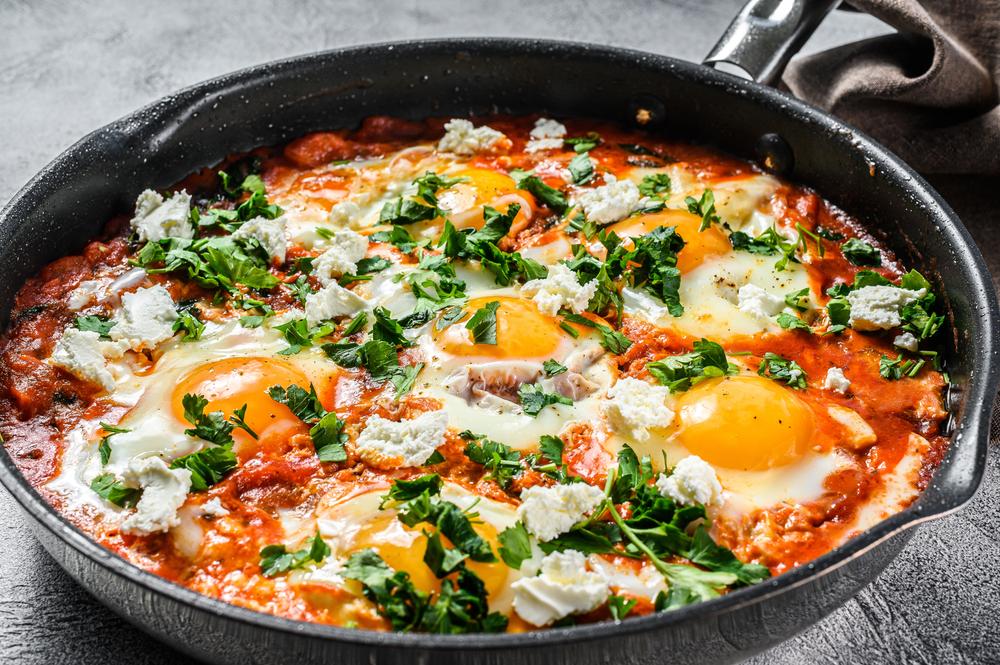Abundant, easy to cook, and delicious, eggs are popular the world over. Perfect for breakfast and beyond, different cultures have different ways of preparing them. Here are seven from my travels that I’ve grown to love.
Menemen
Classic Turkish breakfasts are a favorite of mine. They sport a nice collection of hard-boiled eggs, cheese, olives, tomato, and cucumber slices served with tea and fresh bread and honey—simplicity at its finest in the preparation.But even among Turkish breakfasts, menemen is something special. Named for a town just north of Izmir on the Aegean coast, menemen is essentially scrambled eggs, diced tomatoes, Turkish peppers, onions, and seasonings such as black and Aleppo pepper, all cooked in olive oil. The mild peppers are long, tapered, and light green, with a thinner but crunchier flesh than a bell pepper (though the latter could certainly be a substitute). The eggs are cooked over medium-low heat; they do cook through, but the juices of the tomato keep them loose and help to prevent them from drying out or clumping.





